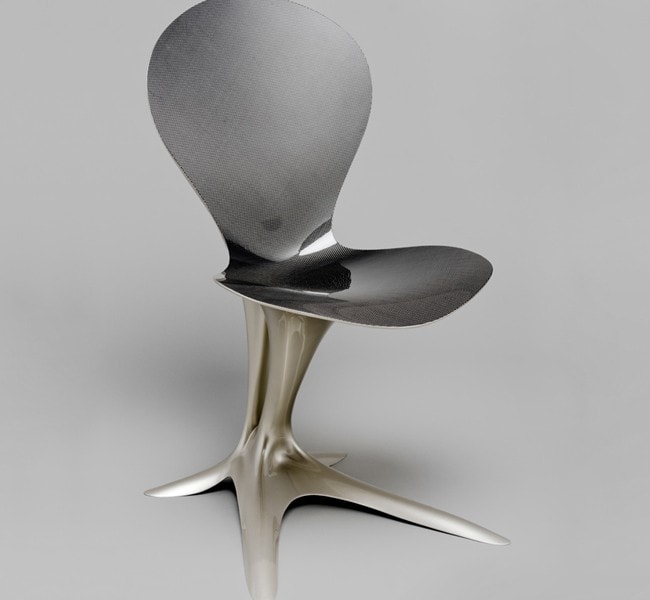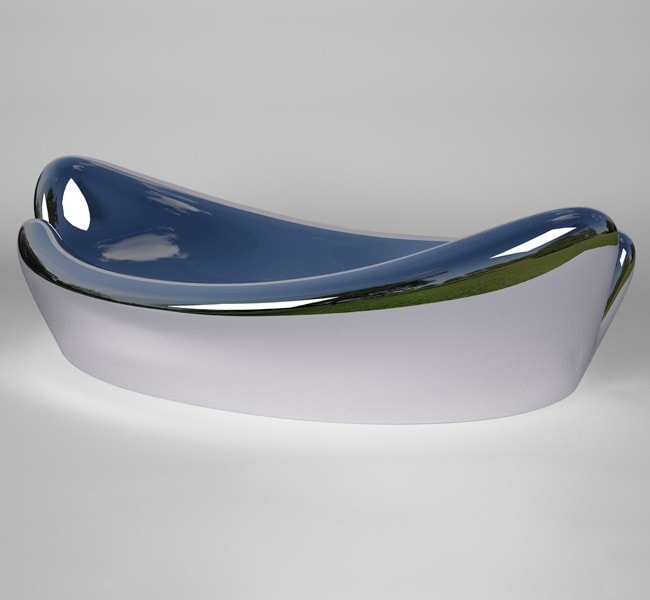Spoon Chair Design Process
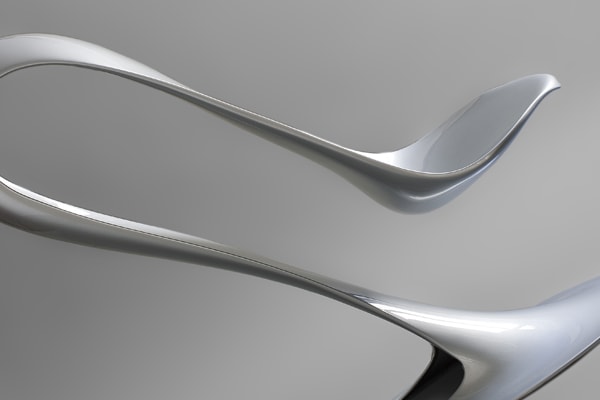
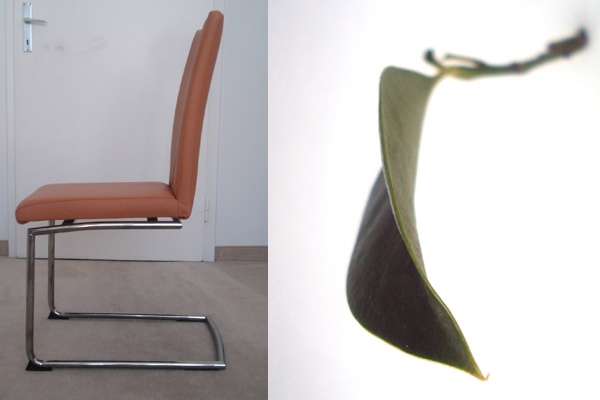
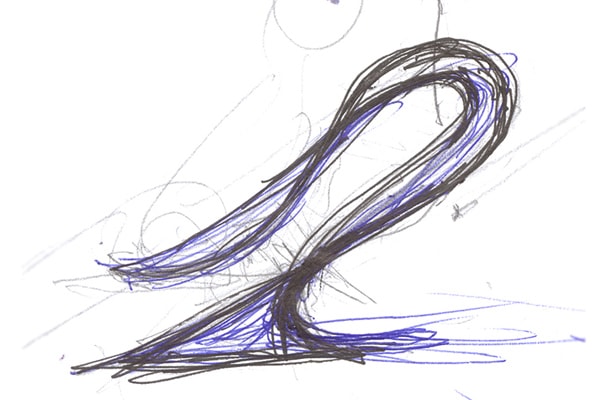
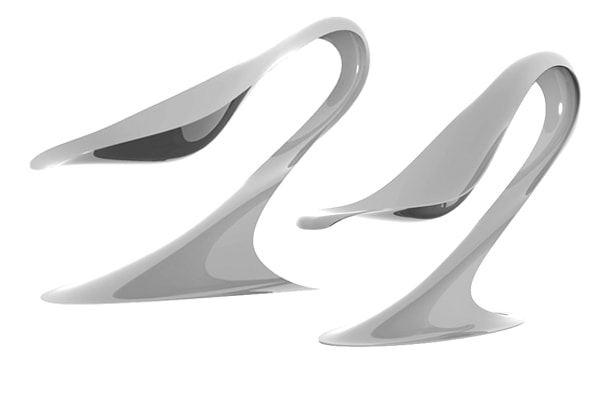
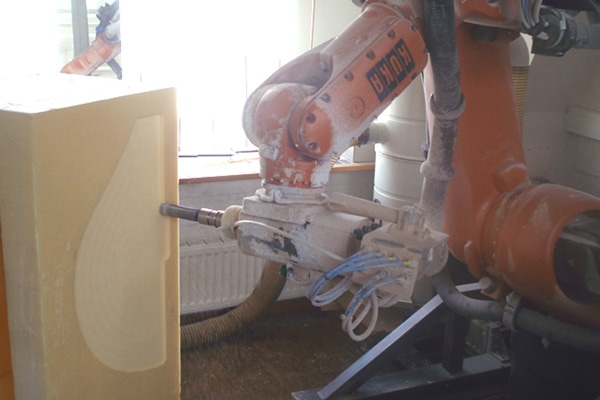
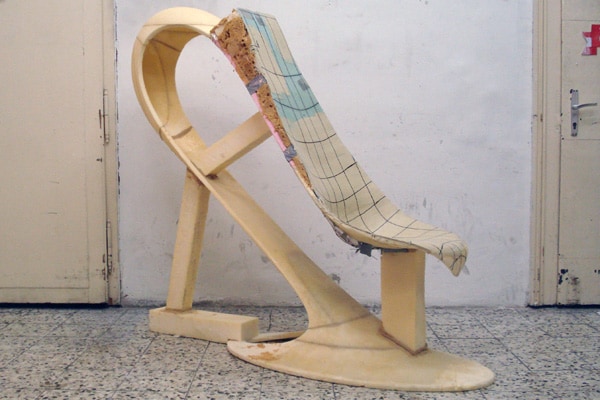
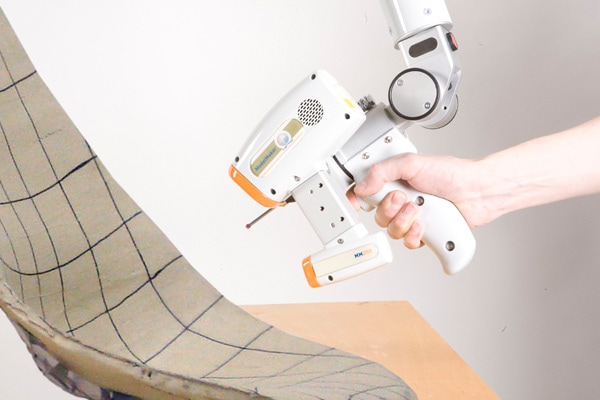
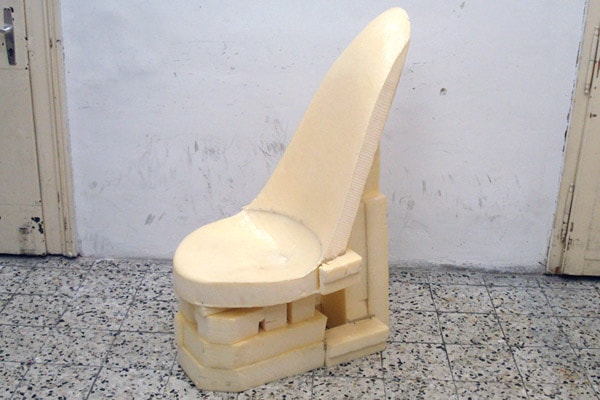
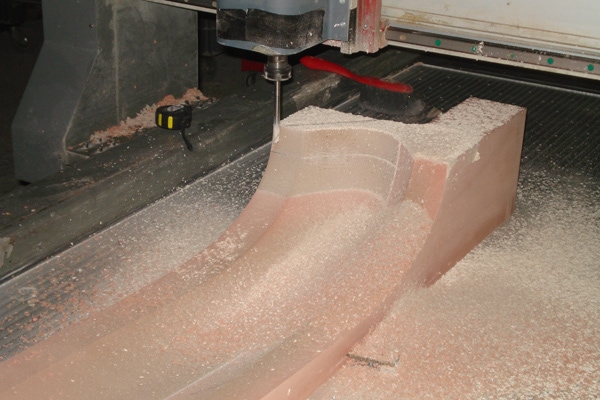

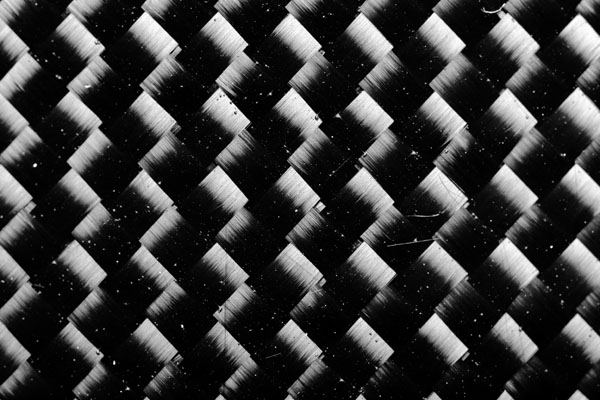
Design Process
Spoon Chair Design Process
The main idea behind Philipp Aduatz’ Spoon Chair is to bring the beauty of a bent-back leaf into an object by modifying the principle of the cantilever: here the lever, instead of reaching horizontally, extends upward into one direction. It then loops around over the top, back towards the center, to support its own and a person’s weight. In the Spoon Chair, Aduatz combines design with ergonomics through modern fabrication technology such as computer numeric control (CNC) milling and rapid prototyping.
The development of the Spoon Chair was an extensive process. Beginning with a sketch, Aduatz created a 3D model and fabricated a first polystyrene prototype through CNC milling. This initial model was manually reshaped until it fulfilled the most basic requirements of seating comfort. Then the original CAD-data was updated with a 3D scan of the reshaped model to obtain an improved digital version of the Spoon Chair. The procedure of milling, reshaping and digital updating was repeated to the point of optimal seating comfort. Quite a few life-size as well as some scaled-down models were necessary to achieve the best result. The moulds for the production of the final Spoon Chair were created with CAD-data and CNC milling technology as well. Carbon fibers are materials used in motor sports and aerospace applications. They show a very high strength, durability and stiffness along with an extremely low weight. The Spoon Chair could only be crafted with the support of a high-tech material such as a carbon fiber reinforced polymer.
The name of the object is connected to the design process in a special way: most people who glimpsed the early prototypes quickly associated them with a spoon – and the name stuck. This creative naming process correlates well with Aduatz’ concept of art, that every person should have the opportunity to see in his work whatever she or he wants.


